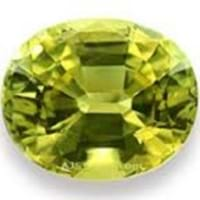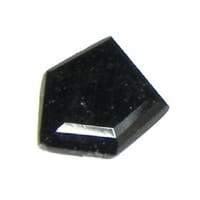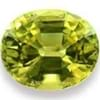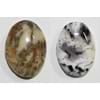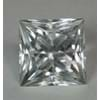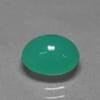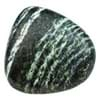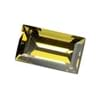Origin
Brazil, Madagascar, Zimbabwe, Russia, Sri Lanka, India, Burma, Color: blue, Not Available, Not Available, Not Available, Hardness: 8.5, Refractive index: 1.74 1.77, Density: 3.68 3.80, Chemical composition: BeAl2O3, Crystal structure: orthorhombic, Origins: Brazil, Madagascar, Zimbabwe, Russia, Sri Lanka, India, Burma. Bluish stones are most valuable. Prices for chrysoberyls grow rapidly with weight, and clean stones bigger than 15 cts are rare and therefore an excellent investment.
Canada, Russia, Kenya, Russia, Brazil, Russia, Brazil, Russia, Brazil, Russia, Brazil, Russia, Brazil, Russia, Brazil, Russia, Norway, Brazil
Color
Greenish, Green, Brownish, Green, Red, Blue, Green, Brown, Brownish, Green, gray, Blue, Green, Brown, Brownish, Green, gray
Green, Greenish, Black, Green, Greenish, Black, Green, Greenish, Black, Reddish, Brown, Black, Green, Greenish, Black, Reddish, Brown, Black, Green, Greenish, Black, Reddish, Brown, Black
Streak
White
Yellow, Yellowish-grey, gray
For which Rashi?
Not Available
Pisces
Planet
Not Available
Not Available
Element of Planets
Earth, Water
Not Available
Energy
Not Available
Not Available
Finger
Not Available
Not Available
Ring Metal
Not Available
Not Available
Deities
Not Available
Not Noted
Not to wear with
Not Available
Not Available
Planetary
Not Available
Not Available
Talisman
Not Available
Not Available
Solubility
Not Available
Not Available
Durability
Not Available
Not Available
Specific Gravity
3.69-3.81
3.50-3.60
Fracture
Uneven, Conchoidal to uneven, Brittle, Metallic, Uneven, ConchoidalWalter Schumann, Brittle, Metallic
Uneven, Brittle, Metallic, Brittle, Metallic, Brittle, Metallic
Cleavage
Distinct on {110}, imperfect on {010}, poor on {001}
Good on {110}, (110) ^ (1 1 0) ≈87°; parting on {100}
Chemical Composition
BeAl 2 O 4
(Na,Fe,Ca)Si 2O 6Ulrich Henn and Claudio C.
Luster
Vitreous
Vitreous, Resinous
Pleochroism
X = red; Y = yellow-orange; Z = emerald-green
X = emerald green
Transparency
Transparent, Translucent, Transparent to translucent
Gemmological Tables (2004) More from other references
Refractive Index
1.746-1.763
1.720-1.778
Optic Character
Biaxial/+
Not Available
Crystal System
Orthorhombic
monoclinic
Birefringence
0.007-0.013
0.037-0.061
Clarity
Transparent
Gemmological Tables (2004) More from other references
Neurological
Not Available
Not Available
Cardiovascular
Not Available
Not Available
Respiratory
Not Available
Not Available
Reproductive
Not Available
Not Available
Digestive
Not Available
Not Available
Psychology
Not Available
Not Available
Healing
Not Available
Not Available
Qualities Associated
Not Available
Not Available
Chrysoberyl Vs Aegirine Fracture
Fracture is an important parameter when you compare Chrysoberyl and Aegirine Physical Properties. It is necessary to understand the significance of these properties, before you compare Chrysoberyl Vs Aegirine fracture. Whenever a gemstone chip breaks, it leaves a characteristic line along its breakage. Such lines are known as fracture and are used to identify the gemstones in their initial stages of production when they are in the form of rough minerals. Fracture is usually described with the terms “fibrous” and “splintery” to denote a fracture that usually leaves elongated and sharp edges. Fracture observed in Chrysoberyl is Uneven, Conchoidal to uneven, Brittle, Metallic, Uneven, ConchoidalWalter Schumann, Brittle and Metallic. Aegirine fracture is Uneven, Brittle, Metallic, Brittle, Metallic, Brittle and Metallic.
